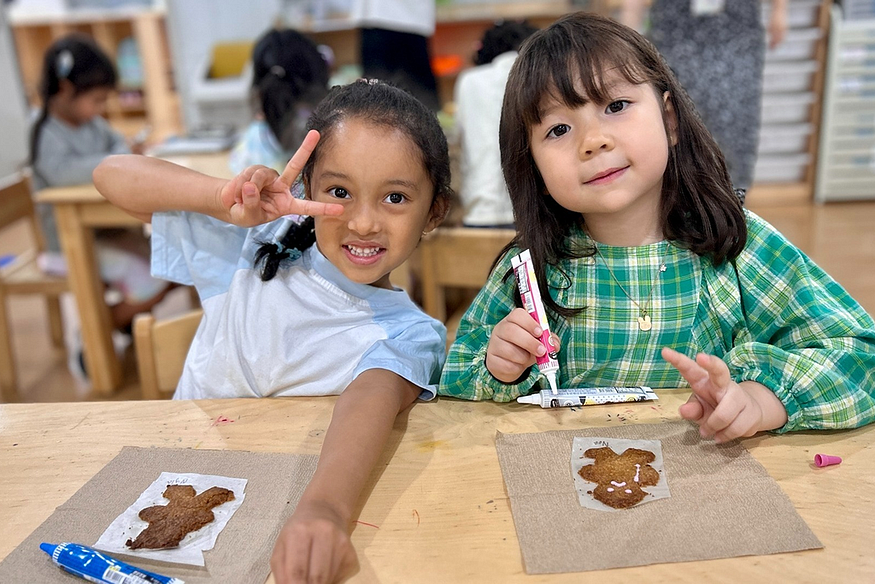What are the Core Themes of the IB PYP - and How Do They Shape Learning?

In the IB Primary Years Program (PYP) at Dwight Seoul, students from Grade 1 to Grade 5 explore their education through transdisciplinary themes big ideas that cross subject boundaries and connect learning to the real world. These themes are central to how the PYP shapes learning, helping students see the interconnections between knowledge, concepts, and their own questions.
Here’s a closer look at those core themes, and how they influence the way children learn:
The Six Transdisciplinary Themes
From Grades 2 to 5, students engage with six units of inquiry, each aligned under one of these six globally significant themes:
- Who We Are
- Where We Are in Place and Time
- How We Express Ourselves
- How the World Works
- How We Organize Ourselves
- Sharing the Planet
(Grade 1 students explore five units of inquiry, which also connect to these themes.)
Each theme frames a lens through which the curriculum is explored, meaning that learning is not isolated by subject but developed through purposeful, meaningful investigations.
How the Themes Shape Learning
These themes do more than just categorize content they actively guide how students learn, think, and make connections. Here’s how they shape the learning experience:
1. Promote Inquiry and Curiosity
Because each theme invites big questions that apply across subjects, students are encouraged to ask, “Why? How? What if?” This inquiry-based approach pushes them to explore deeply instead of just memorizing facts.
2. Integrate Subject Areas
Rather than treating mathematics, science, social studies, language, the arts, and physical/social/ personal education as isolated silos, the themes allow these to weave together. Students can see how a scientific concept links to social studies or how language supports inquiry in any domain.
This transdisciplinary integration leads to meaningful connections rather than fragmented learning.
3. Develop Conceptual Understanding
By approaching a theme like “How the World Works,” students don’t just learn individual facts about science or physics they explore broader concepts (e.g. causation, change, systems) that apply across many contexts. These big ideas help them transfer understanding from one area to another.
4. Foster Global Awareness & Relevance
The themes are global in nature they speak not only to local issues but to worldwide challenges (e.g. “Sharing the Planet”) so students naturally connect their learning with real-world situations and global citizenship.
This helps them understand that what they study has significance beyond the classroom.
5. Nurture the Whole Child
Learning through these themes is not just academic. Because themes are broad and inclusive, they create room for social, emotional, and personal development. The PYP emphasizes educating the “whole child” that is, academic, social, emotional, and ethical growth.
The thematic structure supports students to explore issues of identity, community, responsibility, and action.
6. Encourage Transfer and Lifelong Learning
When students learn under big themes rather than isolated facts, they are better able to transfer their understanding to new situations. Themes help them see patterns, relationships, and connections. Over time, this cultivates skills and mindsets that support lifelong learning.
Putting It All Together
At IB Primary Year Program (PYP) six transdisciplinary themes serve as the backbone of the curriculum, guiding both content and pedagogy. By anchoring learning in these themes, students:
- Learn through inquiry and curiosity
- Connect across disciplines
- Build deep conceptual understanding
- Engage with real-world challenges
- Grow socially and emotionally
- Prepare for future learning through transferable skills
In doing so, the PYP at Dwight Seoul becomes not just a way to deliver content but a holistic framework for developing reflective, engaged, and internationally minded learners.

Comments
Post a Comment